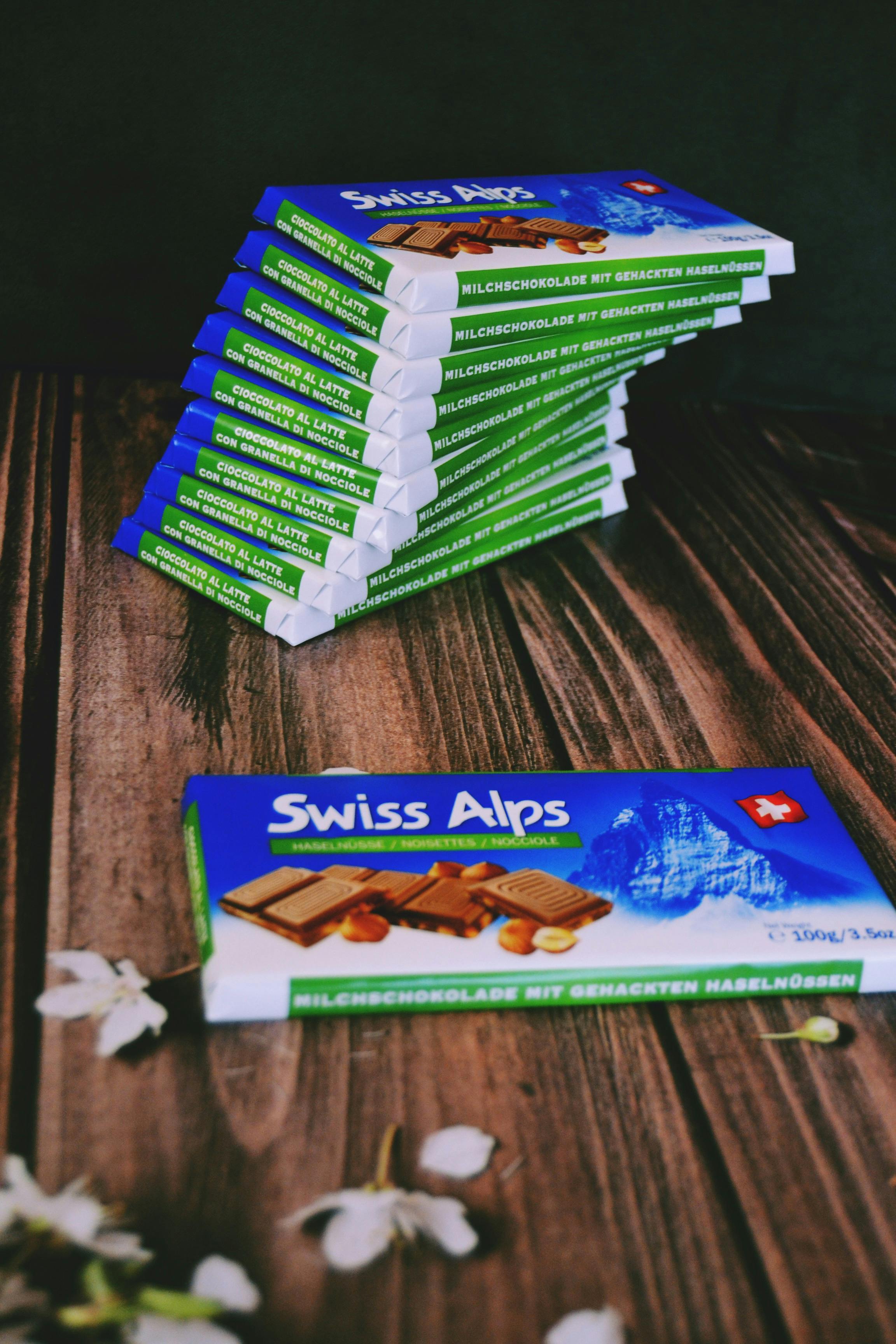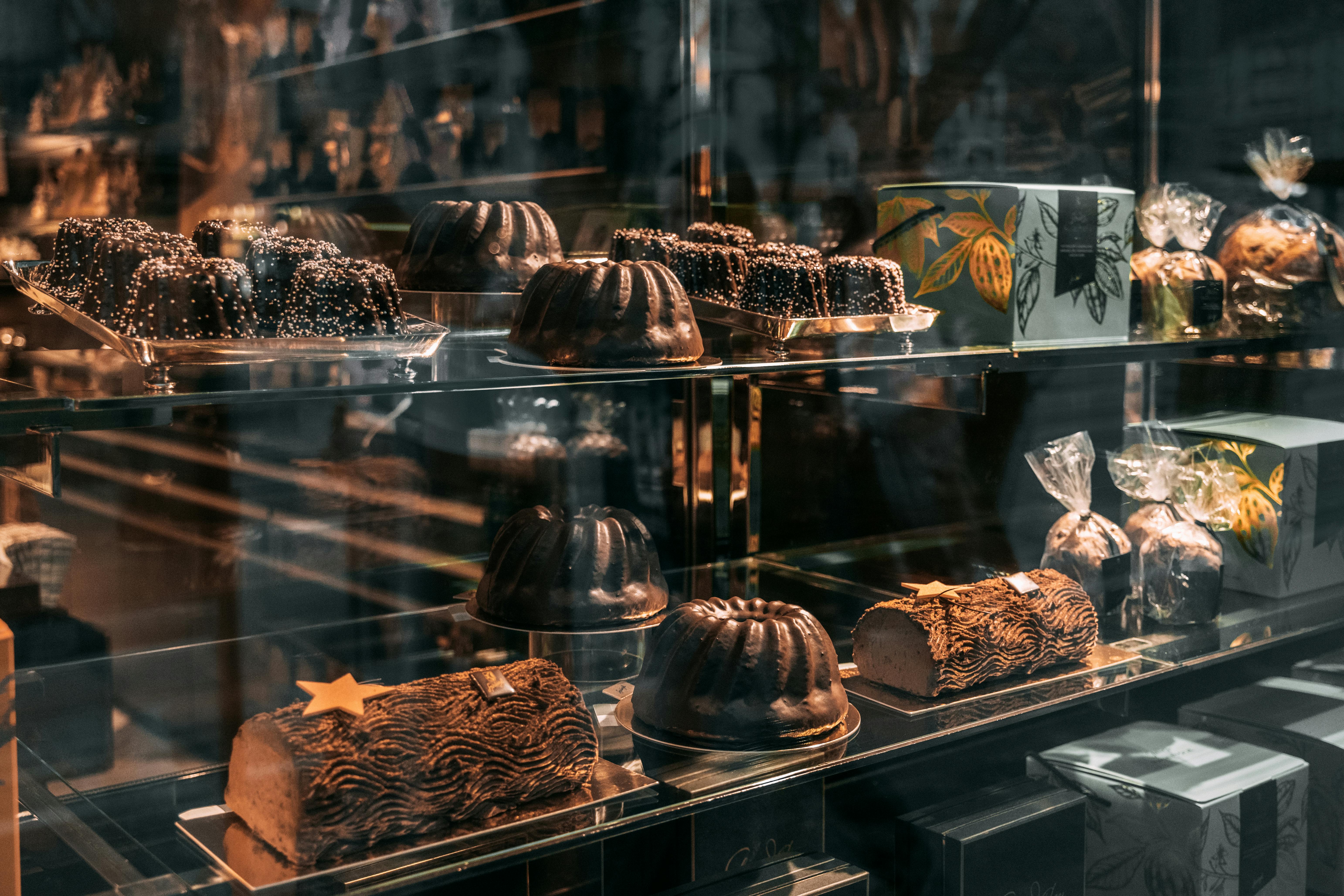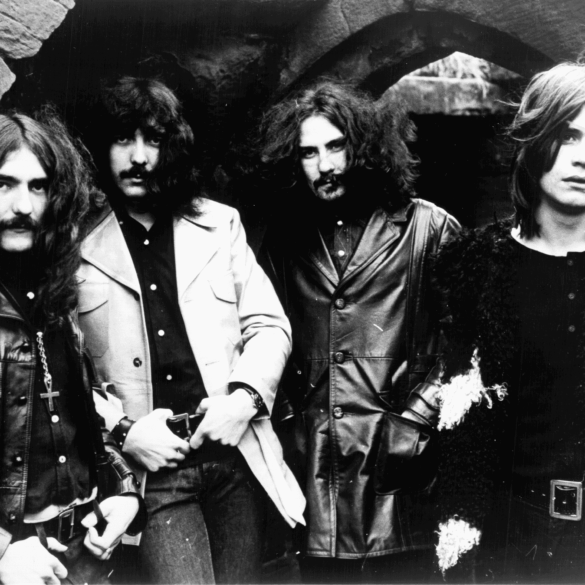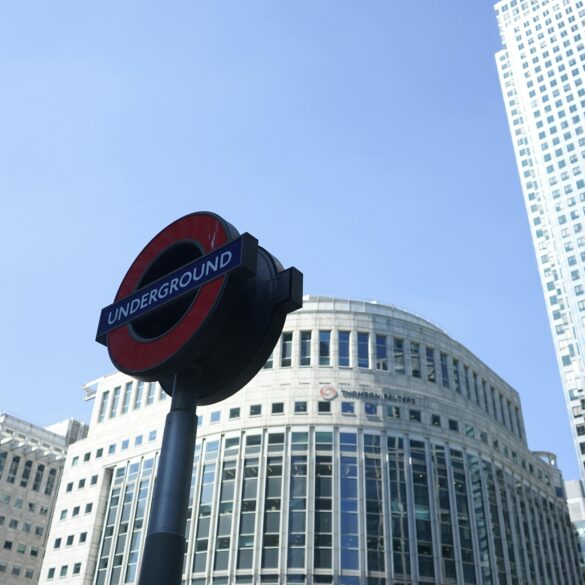Swiss Chocolate: Secrets, Science & Stories Behind Switzerland’s Sweetest Export
Let me set the record straight right out of the gate: Swiss chocolate isn’t just a cliché or a marketing flourish—it’s a centuries-old tradition steeped in craftsmanship, culture, alpine terroir, international intrigue, and genuinely staggering economic significance. Funny thing is, most folks think of “Swiss chocolate” as homogenous—creamy, sweet, perhaps wrapped in gold foil, and always luxurious. But the reality (which I learned only after several tastings and, yes, a few embarrassing mispronunciations during factory tours) is infinitely more complex.
Here’s a twist: While Switzerland is among the world’s major chocolate exporters and per-capita consumers1, the country actually imports nearly all its cacao, making the story of Swiss chocolate as much about craftsmanship and innovation as about raw ingredients. Sound surprising? I thought so too—especially after decades of assuming they were growing cacao in some secret alpine valley.
So, what makes Swiss chocolate so special? Is it just about the milk from happy cows and precise Swiss machinery, or is there more at play? Let’s dig deep, because whether you’re an industry insider, a traveler mapping your dream chocolate trail, or a curious foodie, you’re about to uncover the layers of history, science, and sensory delight that have made Swiss chocolate an international byword for quality, luxury, and… well, obsession.
The Alpine Origins: Why Switzerland?
If you’ve ever wondered why Switzerland—this compact, mountainous country tucked between France, Italy, Germany, and Austria—became synonymous with chocolate, you’re not alone. It wasn’t always this way. In fact, chocolate first arrived in Switzerland in the 17th century (imported by Italian and French travelers), and it took nearly another 200 years to take off2. For a long time, chocolate was an exotic luxury for the European elite, often consumed as a hot beverage rather than the bar or praline form we see today.
Switzerland currently boasts some of the world’s highest per-capita chocolate consumption with Swiss people eating an average of 11–12 kilograms (24–26 pounds) per year—more than any other nation.3 National “chocolate holidays” and specialty festivals occur in nearly every region.
Meanwhile, those picturesque cows you spot on Swiss postcards do, in fact, contribute significantly to the flavor profile of iconic milk chocolate. Swiss milk, renowned for its richness, helped invent a uniquely creamy style that’s become a global standard. But early Swiss chocolate was bitter, crumbly, and not at all like the smooth confections we crave today. Hard to imagine, I know.
The real turning point? The 19th-century industrial boom that swept across Europe. Suddenly, chocolate-making scaled up in Switzerland, driven by new processing technologies and—critically—by visionary entrepreneurs whose names still grace international brands.
Questions worth pondering: How did innovation outpace neighboring countries? What role does national identity play in elevating Swiss chocolate to an emblem of luxury and trust?
Here’s where the real story begins.
Swiss Innovations in Chocolate Craft
Honestly, if I had a Swiss franc for every time someone mentioned “milk chocolate” while discussing Swiss sweets, I’d have enough to fund another trip to Zurich. But let’s not oversimplify. The Swiss aren’t just milk chocolate pioneers—they essentially invented modern chocolate’s creamy, melt-in-the-mouth texture. And that all traces back to two critical innovations:
- Conching Process: Invented by Rodolphe Lindt in 1879, this revolutionary technique transforms gritty chocolate into a smooth, silky texture by kneading and aerating it for hours or even days4…or, nowadays, at industrial scale.
- Milk Chocolate: In 1875, Daniel Peter (in collaboration with Henri Nestlé, the famous baby-food pioneer) mixed cocoa with condensed Swiss milk, creating the world’s first genuine milk chocolate bar. That flavor profile—creamy, subtly sweet, with pronounced dairy notes—became globally iconic.
And yet, as I discovered during conversations with contemporary chocolatiers in Lucerne and Lausanne, Swiss chocolate’s conservative traditions are increasingly paired with boundary-pushing creativity. Single-origin bars, bean-to-bar micro-batch production, and subtle incorporations of alpine botanicals have flourished—even in the shadow of mass-market giants like Lindt, Toblerone, and Cailler.5
The Science: What Sets Swiss Chocolate Apart?
For years, I thought all chocolate was (roughly) created equal—just sugar, cocoa, and fat in varying proportions. But, in my experience, nothing could be further from the truth. The real “secret sauce” behind Swiss chocolate isn’t a mystery ingredient; it’s the obsessive attention to every technological step, from bean selection to final wrapping. Let me get a bit technical for a moment.
Swiss chocolate has three distinctive scientific hallmarks:
- Precision in Conching and Tempering: While other countries adopted Lindt’s conching, Swiss producers often extend the process, sometimes running their conches for up to 72 hours. This eliminates gritty particles and bitterness, boosting the chocolate’s melt factor and flavor-release on the palate.6
- Quality of Swiss Milk: Regional alpine pastures produce milk with unique fat-to-protein ratios and natural sweetness—resulting in a smoother, richer, creamier chocolate base.
- Meticulous Sourcing & Blending: Switzerland’s top producers source beans from dozens of countries, creating proprietary blends that balance acidity, bitterness, and floral notes for that “signature Swiss” taste.7 Even dessert chefs admit: if you want foolproof ganache, start with Swiss couverture.
| Swiss Brand | Founded | Key Innovation | Signature Product |
|---|---|---|---|
| Lindt & Sprüngli | 1845 | Conching, Milk Chocolate | Lindor Truffles |
| Cailler (Nestlé) | 1819 | Swiss Milk Chocolate, Hazelnut Bars | Cailler Milk Bar |
| Toblerone | 1908 | Triangular Shape, Nougat Filling | Toblerone |
What really strikes me: Despite the dominance of mass-production, Switzerland fosters a vibrant craft chocolate scene. Micro-batch makers like Beschle or Läderach are proving there’s room for artistry alongside legacy brands. Last spring, I spent an afternoon with a Zurich craft chocolatier obsessed with single-estate Ecuadorian beans—who swore by blending Swiss milk and Peruvian dark for a caramel “note” you couldn’t achieve elsewhere.8 It was a full sensory experience, not just a sugar rush.
Sweetness of Swiss Culture
Ever noticed how food often defines national identity? In Switzerland, chocolate is more than a treat—it’s a marker of celebration, hospitality, and, yes, subtle regional rivalry. I’ve shared hot chocolate in Bern, truffles in Geneva, and humble supermarket bars in Interlaken train stations—all distinct, always proudly “Swiss.”
The Swiss government implemented strict purity regulations for chocolate as early as the 1900s; to this day, “Swiss chocolate” sold domestically must meet higher standards for cocoa content and ingredient sourcing.9
Swiss chocolate’s omnipresence isn’t accidental. Children receive golden chocolate coins on birthdays; business deals are sweetened (literally) with praline boxes; and every local market seems to have its own “secret recipe.” It’s a ritual as much as a refreshment.
For travelers, chocolate can be a doorway into Swiss heritage—each region claiming its own specialties: Geneva’s pavés, Zurich’s Luxemburgerli, Basel’s Läckerli, and so on. These aren’t just sweets, but edible time capsules reflecting migration, local tastes, and historical events.
Economics, Exports & Swiss Brand Power
Here’s where it gets really interesting: Despite the romance and nostalgia, chocolate is big business in Switzerland. According to Chocosuisse, the industry’s professional association, Swiss chocolate exports reached 200,000+ metric tons in 2021, with major markets including Germany, the UK, the US, and increasingly, Asia10.
The Swiss chocolate sector employs more than 4,500 people directly and thousands more in related industries—from packaging to tourism. For a country of only about 8.7 million, that’s substantial.
- Swiss-made chocolate is protected by strict labeling controls; “Swiss Made” means at least 80% of production costs must occur in Switzerland.
- Major companies like Lindt, Nestlé, and Barry Callebaut have a global footprint, yet design Swiss branding to signal trust, quality, and heritage.
- Swiss producers are at the forefront of sustainable cocoa programs, though—let’s be honest—the industry still faces challenges in ethical sourcing.11
One big takeaway: When you buy a bar of Swiss chocolate, you’re not just purchasing a product—you’re investing in a symbol, one that carries a complex history of innovation, regulation, and global ambition. The more I dig into the business side, the more I realize the Swiss have turned chocolate into a national soft power asset.

Tasting Swiss Chocolate: What to Look For
I have to admit, my first “proper” Swiss chocolate tasting was humbling. I’d always thought I recognized good chocolate simply by how fast it vanished. But true appreciation is much more than devouring a bar at the airport. There’s an art—and a science—to tasting Swiss chocolate, one that requires patience, curiosity, and, I’d argue, a sense of playful discovery. Here are the steps I’ve learned from experts and industry pros around Zurich and Vevey:
- Visual Inspection: A good Swiss bar is glossy, with no bubbles or dull spots—thanks to precision tempering. Break it: You should hear a clean “snap.”
- Aroma: Inhale deeply. Quality Swiss chocolate often reveals layered aromas: dairy, honey, malt, or even subtle floral and alpine notes, depending on the blend.12
- Mouthfeel: Place a square on your tongue; good chocolate should melt smoothly, with no waxy residue or abrupt graininess—a result of extended conching.
- Flavor Journey: The taste should evolve: initial notes of caramel, malt, or coffee giving way to a lingering cocoa finish. Sensory panels evaluate upwards of a dozen flavor attributes.13
Sustainability & Swiss Responsibility
Here’s a paradox that’s always bothered me: Switzerland builds much of its chocolate reputation on luxury and purity—but like nearly all major producers, it imports virtually all cacao. The past two decades have forced Swiss brands to grapple (some more honestly than others) with ethical sourcing, environmental impact, and fair labor in the supply chain.
According to Rainforest Alliance and Fairtrade International, leading Swiss players have driven massive investment into sustainable cacao—but implementation remains patchy.14 Some companies like Chocolats Halba have innovated eco-packaging, zero-waste factories, and direct farmer partnerships. Others, as critics note, rely more heavily on marketing than concrete action.
Current Best Practices:
- Traceability systems (blockchain, direct origin labelling)
- Premiums for certified cocoa (UTZ, Rainforest Alliance, Bio Suisse)
- Investments in farmer education and community development
- Carbon offset projects and sustainable packaging initiatives
From my own reporting, I’ve seen firsthand that the younger generation of Swiss consumers is demanding more—more transparency, more ethical certification, and, crucially, more storytelling around impact.
Even a few years ago, most tourists never asked where cacao was from; today, single-origin tours and “bean-to-bar” labels are more popular than ever. Are these marketing gimmicks, or signs of deeper change? If I’m honest, it’s probably a bit of both.
A Traveler’s Guide: Must-Visit Swiss Chocolate Destinations
Okay, let’s step back from the business and politics for a second. If you love chocolate, there is no country more perfect for a “sweet” pilgrimage. Having personally followed the “Chocolate Train” from Montreux to Gruyères, I can confirm: Swiss chocolate tourism is growing fast, with options for every taste and interest.
Zurich is home to the world’s largest Lindt chocolate museum, featuring an indoor chocolate fountain standing over 9 meters high.15 Guided tastings, workshops, and confectionery classes are available for all ages.
Top Swiss Chocolate Attractions:
- Maison Cailler, Broc: The interactive tour walks you through 200 years of chocolate-making, finishing with an all-you-can-taste room (dangerously delicious).
- Lindt Home of Chocolate, Zurich: The world’s largest chocolate museum. Stunning exhibits, hands-on workshops, and a record-shattering chocolate fountain await.
- Läderach Chocolate Studio, Bilten: Watch bean-to-bar magic in real time; their “fresh chocolate” slabs are legendary.
- Chocolate Train, Montreux-Gruyères: An iconic panoramic rail journey, combining Swiss scenery with visits to cheese and chocolate factories.
Of course, you don’t have to join a tour. Many boutique shops across Zurich, Lausanne, and Geneva offer personalized tastings, pairing sessions, and even “create your own bar” workshops. For a deeper dive, local food historians and chocolatiers increasingly partner with hotels to offer immersive experiences combining history, culture, and, yes, generous samples.
Future Trends & Lasting Legacy
The more I cover the world of Swiss chocolate, the clearer it becomes: this isn’t a static tradition. Instead, it’s a restless, innovative field—where past and future intertwine.
Key trendlines: Rise of vegan and dairy-free Swiss chocolate, surging interest in premium, single-origin cocoa, and ongoing investment in sustainable production.16 When I interviewed Lausanne’s new-wave chocolatiers, nearly all pointed to “transparency” and “responsibility” as the future of Swiss sweets.
- Expansion into Asian markets, where bespoke packaging and innovative flavors (think matcha, yuzu, or chili) are winning new fans
- Tech-enhanced traceability—blockchain and DNA testing—to guarantee origin and fair labor
- Partnerships between universities and chocolatiers to improve health profiles (more antioxidants, less sugar)
References
References



